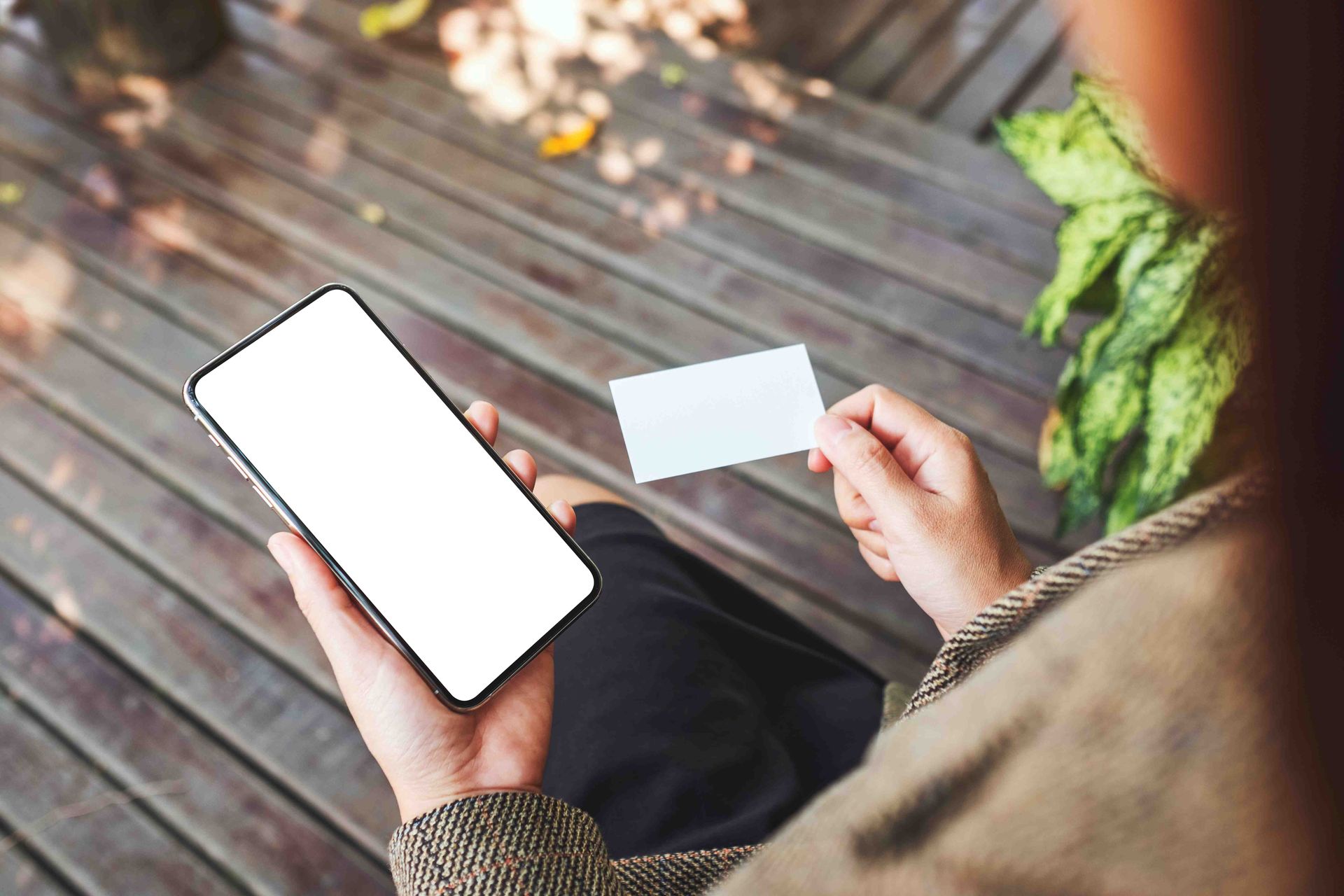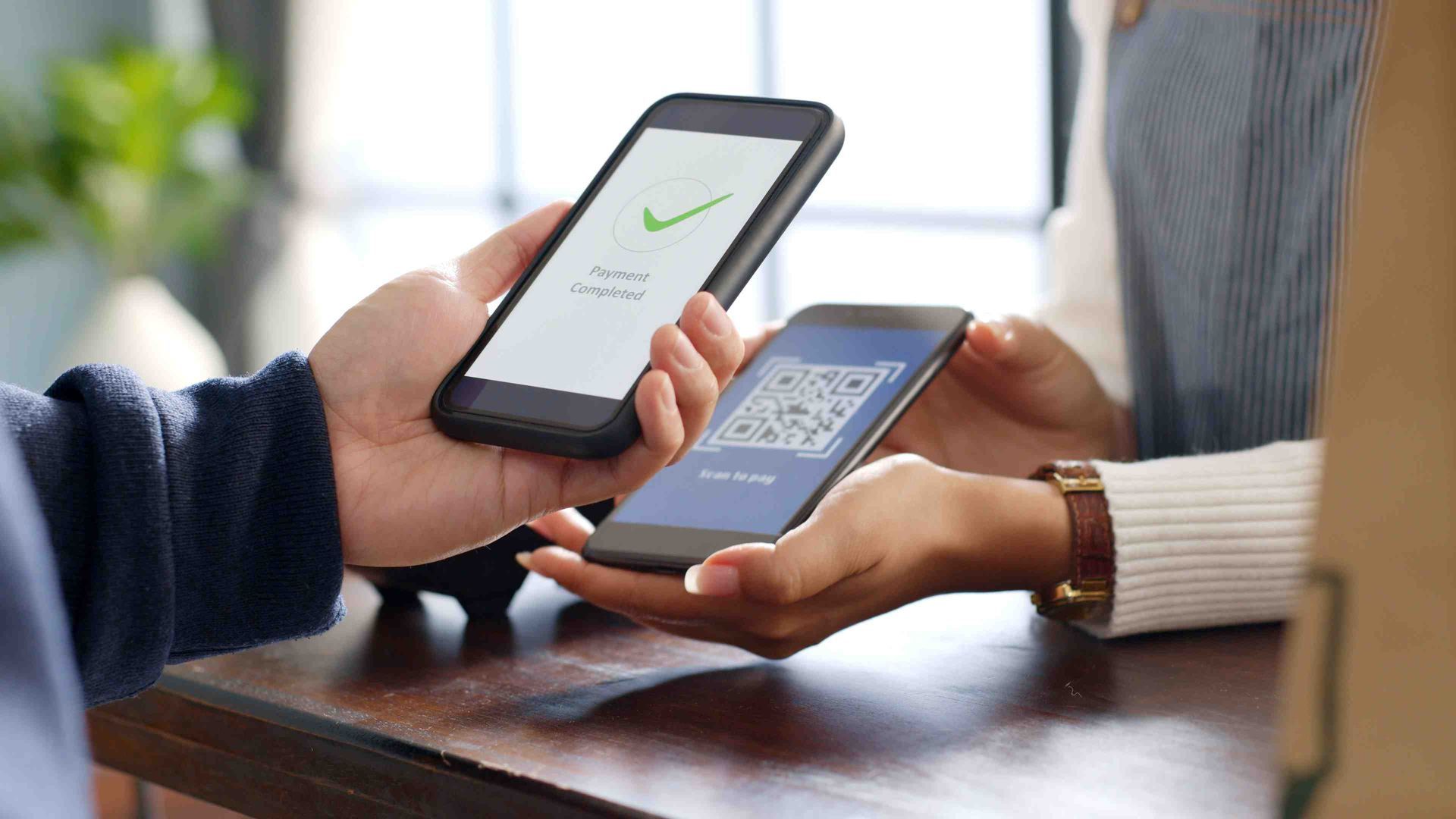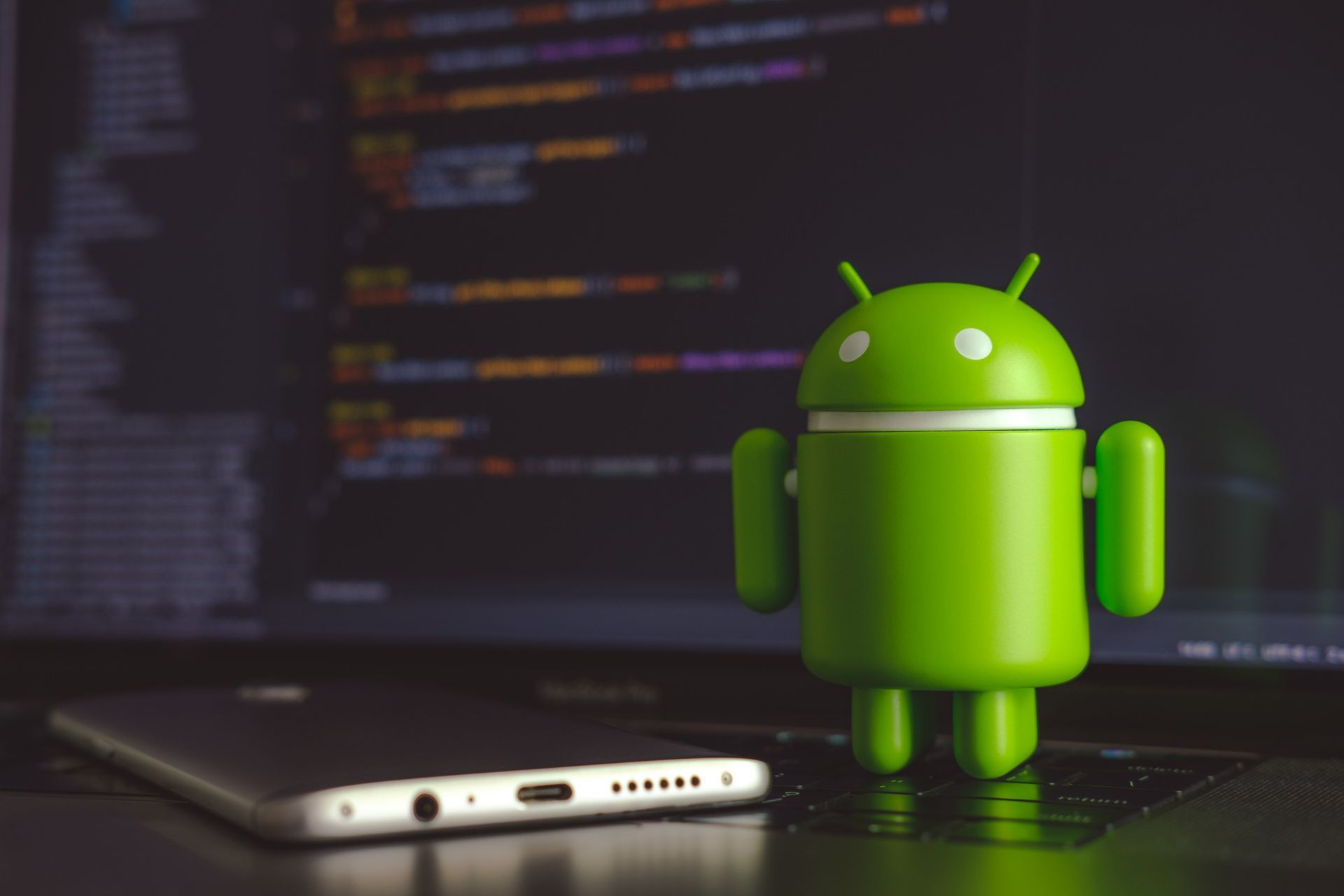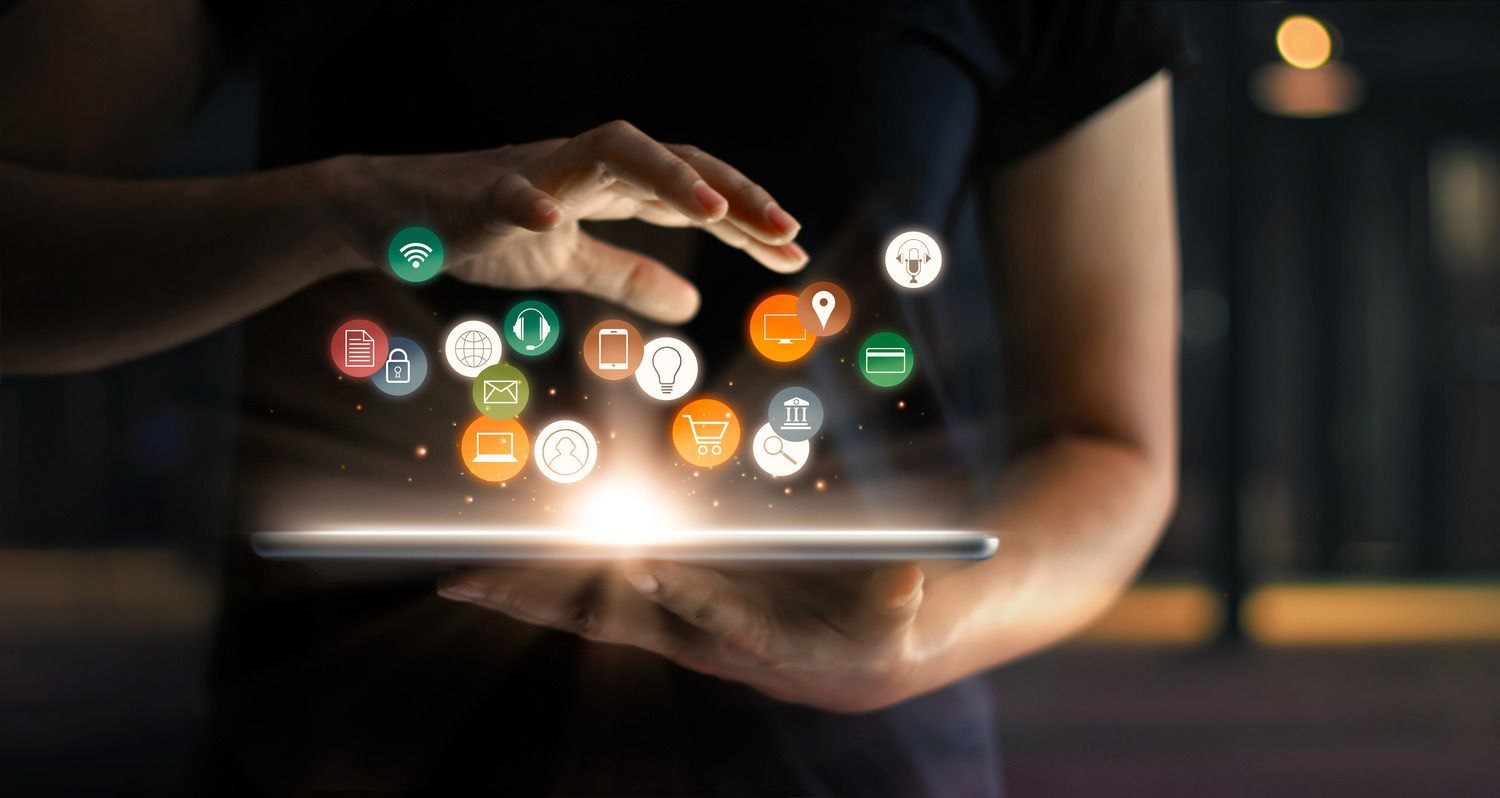Can New Business Card Technology Completely Eliminate Paper Cards?
Dealing with traditional business cards can be a hassle. Just think about it:
To make a quality card, you need to pay a substantial amount of money, and if you need to make updates, entire batches can quickly become obsolete. More importantly, paper cards don’t have much going for them in terms of ROI as most end up in the trashcan or collecting dust in a drawer somewhere. The fact that there’s not enough space to include all the details essential for a business professional in 2023 doesn’t help either.
Considering these problems, it’s not surprising that new business card technology is becoming increasingly popular.
Digital business cards and by extension,
NFC cards have eliminated many of the challenges outlined above. Yet, the question remains, can new business card technology make paper cards vanish from the toolset of modern businesspeople?
How NFC is revolutionizing business cards
For the sake of clarity, let’s take a closer look at how new business card technology works. NFC stands for near-field communication and it represents a way to transmit small amounts of data over short distances (distance of four to ten centimeters) between two devices.
When we say new, this technology is anything but, having been used for scanning purchases and warehousing for decades. However, it’s considered new business card technology since it has been implemented for this purpose just recently.
Using a card with an embedded NFC chip, it’s possible to share business-critical details instantly to your recipient's smartphone due to wireless data transfer. There are two ways this can work:
- Details are stored in the code of the NFC chip and transferred directly to the contact app of a smartphone
- Code connected to a digital business card profile that contains contact details, external links, and the option to save the contact info with a single click
The latter is a more popular method, as it allows for more functionality, most notably the ability to update information as you see fit.
Benefits of NFC business cards
Thanks to new business card technology, you can completely overhaul your core networking process. The main benefits of using NFC cards include:
1. Instant transfer of contact information
The biggest downside of traditional cards (and why they’re an ill fit for the modern age) is that information must be entered manually, any way you slice it.
An NFC card, on the other hand, permits you to transfer key information at once straight to your contact’s phone. This eliminates the possibility of losing a valuable business opportunity and saves the recipient from the hassle of copying the email from your paper card.
As a plus, digital business cards support photos, which means you can pretty much ensure a potential business partner has an easier time remembering who you are (a lifesaver for networking events).
2. Limitless updates
With digital cards, you can update the information whenever you want. This is an extremely helpful feature as it helps you cut down on the costs of printing new cards every time any of your details change.
3. Durability
You may pay a premium for quality paper stock and laminate your cards, but they still don’t offer much in terms of durability. With NFC cards, it’s completely different. They’re made from PET (a type of polyester) or PVC, and not only can they survive a beating, but they also carry a lot of visual oomph.
4. Ability to include map details
New business card technology allows you to add map details to the card itself. For those operating out of a physical location, sharing instant “directions” is rather useful as it simplifies things for potential clients or business partners.
5. Present a positive image
In the business world of today, tech-savvy companies have a hand up on their competition. So if you’re working in the tech industry, whipping out an NFC card will demonstrate you’re forward-thinking and put a lot of thought into innovations. Plus, it just looks cool.
6. Sharing external links
With NFC cards and digital business cards in general, you can include links to almost everything. Social media handles, videos, a page containing your portfolio - you name it, you can link it. This can be practical for creative professionals such as graphic designers or photographers as it makes it easy to showcase their work in just a few seconds.
Will NFC cards make paper cards obsolete?
It’s easy to see why digital business cards are such a powerful tool and a sign of where the future of networking is heading. Still, the question of whether this will be enough to render traditional business cards extinct is a point of contention among many.
Paper cards have been slowly falling out of use, which became apparent during 2020 (an event that we shall not name):
Business professionals quickly learned about the benefits of digital business cards and continued using them even when the world went back to normal - at which point the trend caught on.
Nevertheless, the rising popularity of the digital variant doesn’t necessarily signify that traditional business cards are completely obsolete. They’re still being used today, especially by older individuals who may not be relying on social media to conduct business. It’s also worth noting that a quality paper card is still seen as a sign of the quality of a business, and it might take a few years for this preconception to die down.
Ultimately, traditional cards will likely stay in “circulation”, despite the fact digital cards will slowly overtake them as the main method of sharing contact information.
Snag your NFC card today!
We firmly believe that digital business cards will become even more popular in the coming years. After all, the efficiency and the way this technology upgrades business cards for the 21st century is impossible to ignore.
The best thing is, you can make a free card in a few minutes with
OamiiCards. Setting up your profile takes minutes and you can put it to good use in your networking efforts the same day. However, if you feel limited with something that’s strictly digital, you can also order your very own NFC card for a small price.
Click
here to register, snag an affordable NFC card, and go to town!
Disclaimer: The information on this website and blog is for general informational purposes only and is not professional advice. We make no guarantees of accuracy or completeness. We disclaim all liability for errors, omissions, or reliance on this content. Always consult a qualified professional for specific guidance.
Recent Posts
Quick Links
Get In Touch
Sales: sales@oamiicards.com
Support: support@oamiicards.com

All Rights Reserved.
Website Designed & Managed by Oamii.





